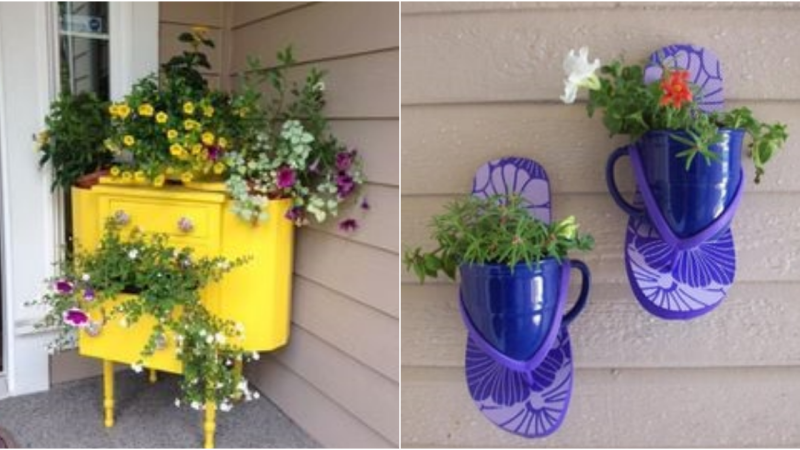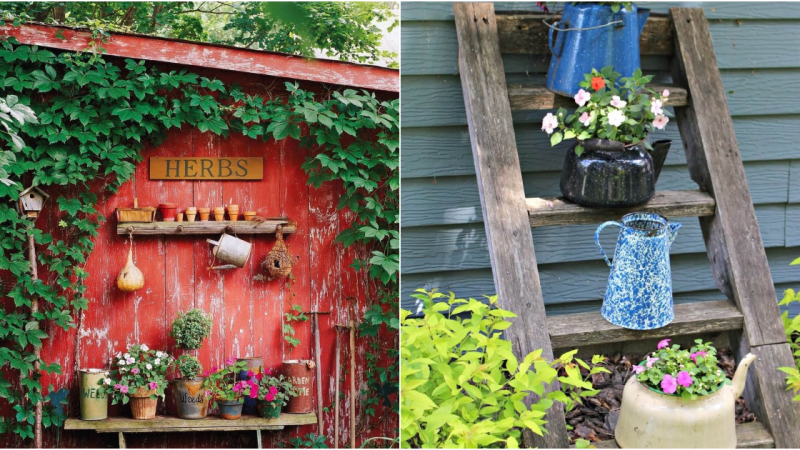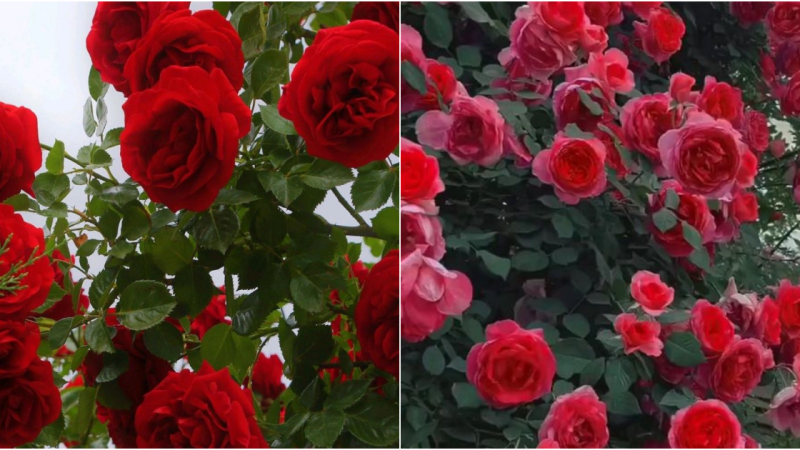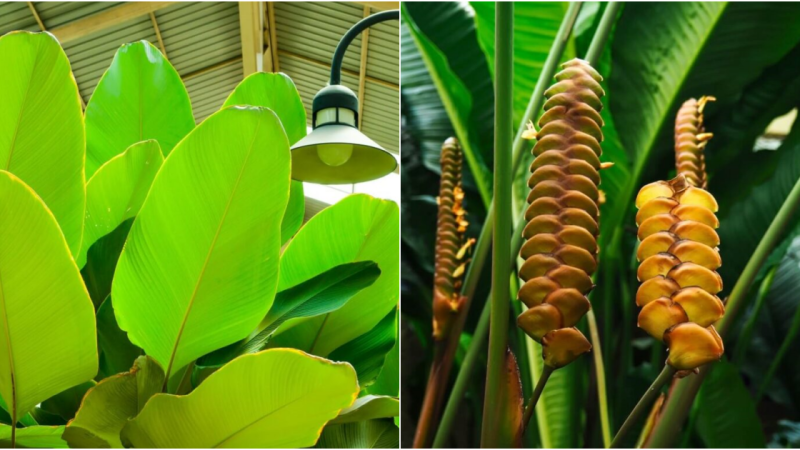Secrets of a Beautiful Garden: Creating the Perfect Backdrop for Your Flowerbed
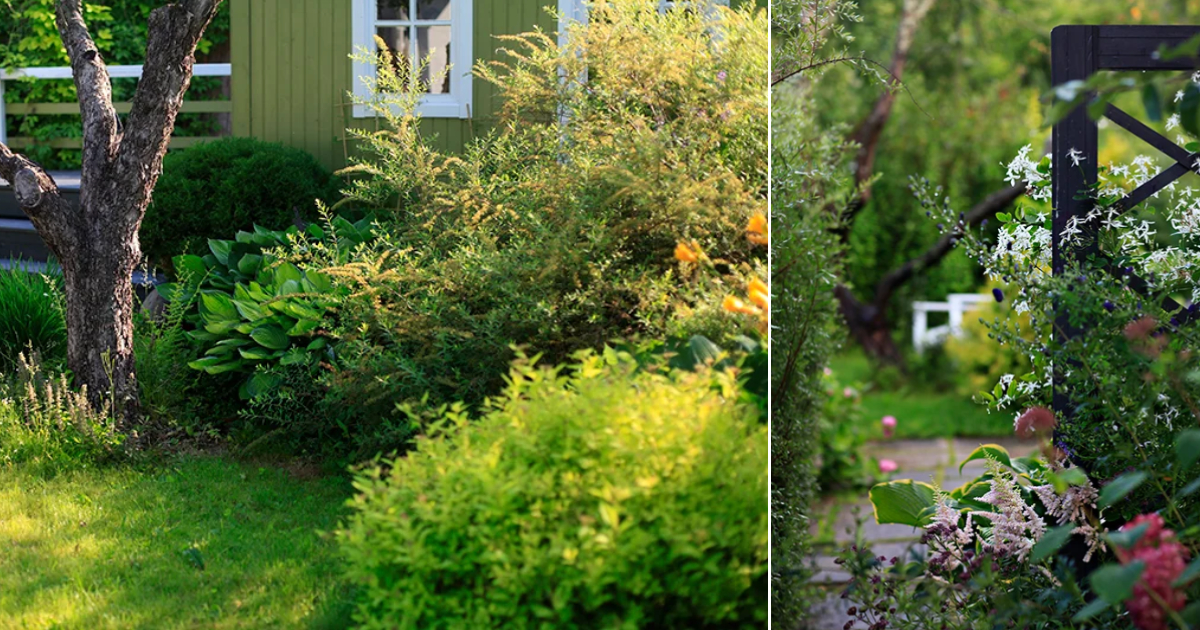
Today, let’s reflect on how to highlight the beautiful and conceal the unwanted elements in your garden.
Naturally, our gardens contain structures such as greenhouses, wells, fences, and compost heaps. These elements typically (though not always!) clash with the aesthetics of beautiful flowerbeds.

Let’s try to understand why this is the case.
When you look at the edge of a forest in nature, you see shrubs against the backdrop of trees, and flowers against the backdrop of shrubs. Green shrubs, to be precise. The natural world is accustomed to a dark backdrop (tree trunks, soil, rocks) or a green backdrop (foliage and grass). Therefore, such compositions appear harmonious to us.
For this reason, it is essential in a garden for a flowerbed not to be “suspended in space” but to blend with its surroundings. No matter how beautiful a flowerbed may be, a person is unable to separate it from an unfavorable background. In other words, a person may focus on the flowers and plants, “ignoring” the unsightly neighboring fence or greenhouse.
It is easier for a person to notice not only the flowerbed but also the backdrop when looking at it from the outside, as if they were a first-time visitor surveying the area.
However, this task is beyond the capabilities of a camera! It often happens that you capture a stunning flowerbed in a photograph, only to find that the image includes a fence and irrigation hoses instead.
Let me provide an example. A typical fence made of profiled sheeting or a greenhouse is usually white (or somewhat grayish-white). But what does the color white represent in nature? It represents the color of cloud-covered skies and nothing more. It signifies emptiness, the absence of color. Paradoxically, it is so bright that it draws attention to itself. A mixed border against a white backdrop is akin to a child’s drawing on a blank sheet of paper, where the background has not been colored, but a narrow strip of blue has been drawn on top to represent the sky (exceptions, as usual, exist!). While there are no photos to illustrate this, I’m sure you can visualize it perfectly well.
Nevertheless, how can you ensure that your flowerbeds look visually pleasing? Here are my observations, which may assist you in framing your floral masterpieces appropriately. As always, I do not claim to possess the ultimate truth, but I invite you to consider flowerbeds from a different perspective.
When planning a flowerbed, always determine the viewpoint (or viewpoints) from which you will most frequently observe it. Take your phone or camera and capture a photograph of your flowerbed from this perspective (whether it currently exists or is still in the planning stage). This photograph allows you to view the flowerbed as if from the outside, impartially, without being distracted by individual flowers.
In the photo, you will immediately notice the proportions and, most importantly, the backdrop. What lies behind your flowerbed? And what surrounds it?
What is behind it should enhance the beauty of the plants. What could that be?
Firstly, consider using a living hedge. It should be of sufficient height and the right color. A hedge that is too colorful or blooming simultaneously with the plants in the flowerbed can either add elegance or prove to be a disadvantage, drawing attention away from the flowerbed. Therefore, hedges are often made in a dark green color, against which most flowers will appear their best.















